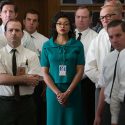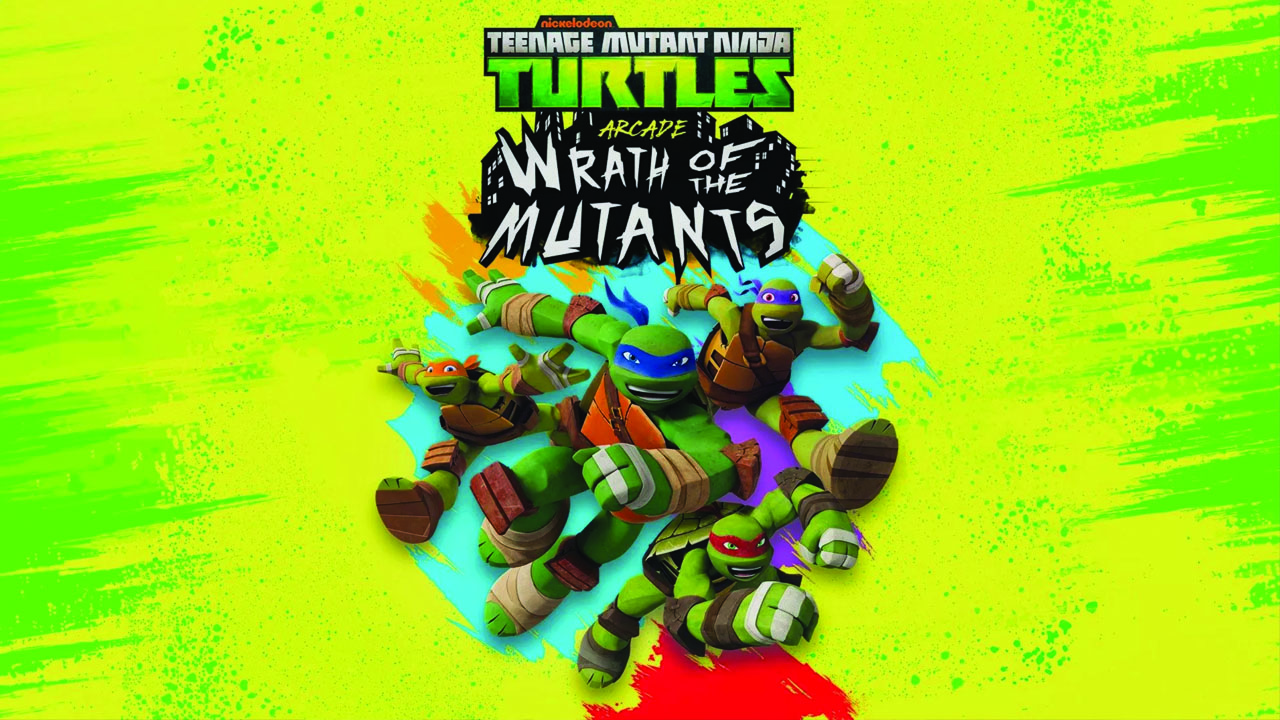I cannot remember the last time a true story in science was adapted to the silver screen that so moved me the way this one did. In a science that has oft been dominated by men this true story about women advancing not just science but space science is on a whole new level of awesome! Apollo 13, The Right Stuff, and October Sky will forever be immortalized classics for me; but they definitely pale by comparison to Hidden Figures on the basis that the first three movies weren’t depicting women pioneers who had to overcome ethnic and gender prejudice. It is fitting that this film was released only months after Katherine Johnson had been awarded the Presidential Medal of Freedom from President Obama.
For the uninitiated
Hidden Figures tells the inspiring story of how Katherine Johnson played by Taraji Henson (Larry Crowne, Person of Interest), Dorothy Vaughan played by Octavia Spencery (Black or White, Bad Santa 2), and Mary Jackson played by Janelle Monae (Rio 2) helped ensure the safety and success of NASA’s first space missions, and, in doing so, fought for equality within the halls of NASA Langley Research Center.
Now that you’re caught up
The movie opens on Katherine Johnson in her primary school days. She was a prodigious mathematician. Nearer the start of the film her math instructor noticed she was staring off into space as opposed to listening to his lecture. He figured he could make an example of her by asking her to solve the equation on the board, and in her brilliance she had his number! Having had a similar experience with my own high school geometry teacher I all but laughed out loud.
Fast forward about 30-some years Katherine and her friends Dorothy and Mary are working for NASA’s segregated West Computer Group shacked up in a building that looked more suitable as a crude bomb-shelter than the professional building it was.
We get a brief cameo from NASA’s first administrator James “Jim” Webb who was on the phone and confidently assured President Kennedy they would be getting a man into orbit very soon. Okay, nerd digression, I follow NASA pretty regularly over Facebook, and one of their biggest stories over the past year has been the construction and eventual launch into space of the Hubble telescope’s successor the James Webb Telescope — a beautiful, gargantuan, gold-mirrored reflecting telescope.
Space Task Group director Al Harrison played by Kevin Costner (Bull Durham, Three Days To Kill) was desperate to crunch the numbers needed to ensure the first mission’s success. STG’s senior mathematician Paul Stafford played by Big Bang Theory‘s Jim Parsons swore the numbers were dead on! If that were the case why were all the Atlas rockets prematurely exploding?! Harrison appointed Vivian Mitchell, played by Kirsten Dunst (Interview With A Vampire, Spiderman), to commission one of the ladies in the West Computer Group who could calculate analytic geometry; Dorothy Vaughan suggested Katherine Johnson. The thing to keep in mind is that these women were the double-checkers of the engineers and ultimately the electro-mechanical computers that NASA would eventually bring in to speed the calculations up. If you’ve ever worked in carpentry or similar trade/craft the saying is, “measure twice, cut once.”
Once Dorothy Vaughan noticed NASA had brought in IBM mainframe computers for crunching all the numbers even faster she showed some hard-core initiative: she and her kids headed to the nearest library where she found a book on FORTRAN. She knew and stated that all machines are alike in the sense that they will always require a human to push a button at some point. Amen! It was a new kind of artificial intelligence, but one that still required a start button.
While the math was getting its assistance the payload’s structural engineers had their own battle to figure out: what were the best materials and binding agents to construct the capsule (don’t call it that in front of The Right Stuff); enter Mary Jackson who is as solid at engineering as Katherine Johnson is at math. There was an exchange between Mary Jackson and the senior structural engineer Karl Zielinski, played by Olek Kupra (Burn After Reading, Salt), as she expresses severe self-doubt due to her humble beginnings that she shouldn’t be working on a project of such immensity; he countered very vulnerably and thoughtfully that he was a Holocaust survivor. Our present and future do not have to be dictated by our beginnings.
One of my own favorite moments came when Harrison heard Katherine’s plights about why she needs 40 minutes to get to the restroom (not merely using it) and then his resolve to physically break the segregated restroom barrier, “We all pee the same color here.” For a humanist that’s the kind of creative licensing that’ll bring a tear to the eye, mine anyway.
As far as historically accurate segments go I was particularly proud when they showed the seven members of the Right Stuff in their hero’s welcome to NASA. John Glenn actually took the time to say hi to those ladies, and it was so cool when he required NASA to have Johnson double-check the numbers the IBM churned out… think about that: a human wanted another human to double-check the numbers from a mechanical calculator! Such a complete reversal of the contemporary point of view.
To quote Andy Weir’s The Martian, “Love of science is universal across all cultures.” While there were some creative liberties taken as to how tactless the white employees were to the black employees, the way the real Mrs. Johnson told it is that the necessity of good science, collaboration, and ensuring the first men NASA put into space could get back down safely was the ultimate motivation to get the job done differences in skin tone aside.
NASA’s greatest strength, the one thing above all the rest of its awesome attributes that it stands for, is being the epitome of how mankind can band together and accomplish goals beyond Earth. Would John Glenn have been so confident to take his historical ride above Earth had NASA’s Space Task Group not had the fortitude to task Katherine G. Johnson to double-check IBM? Would Glenn have survived re-entry if Ms Jackson hadn’t made the engineering suggestions she did?
In his book Pale Blue Dot Dr. Carl Sagan described astronomy as a humbling science. Astronomy is a science that requires us to tear down ethnic, geo-political, and gender barriers if we’re ever going to get to the stars. Man is drawn to the stars, we need everyone’s help to get there, and this movie did a great job of conveying the importance of that sentiment.
More information on NASA’s James Webb Space Telescope (JWST)





